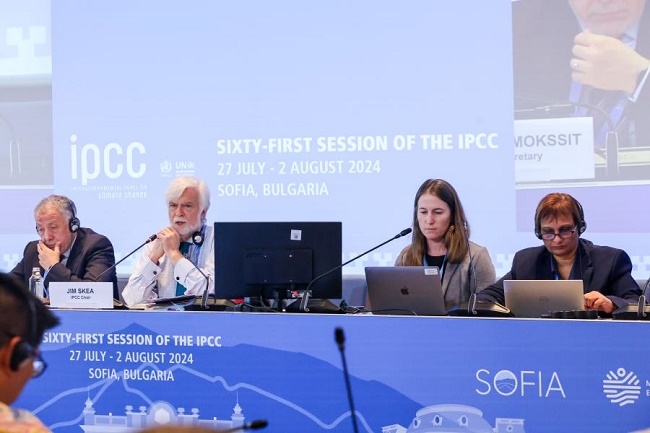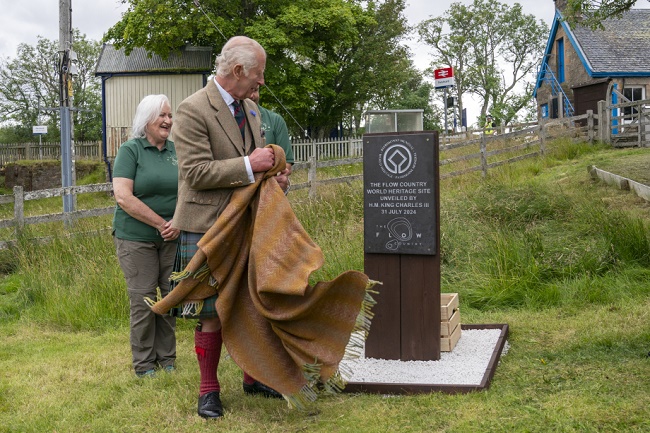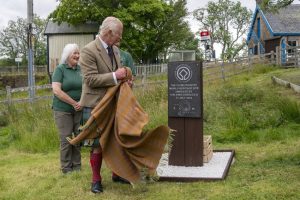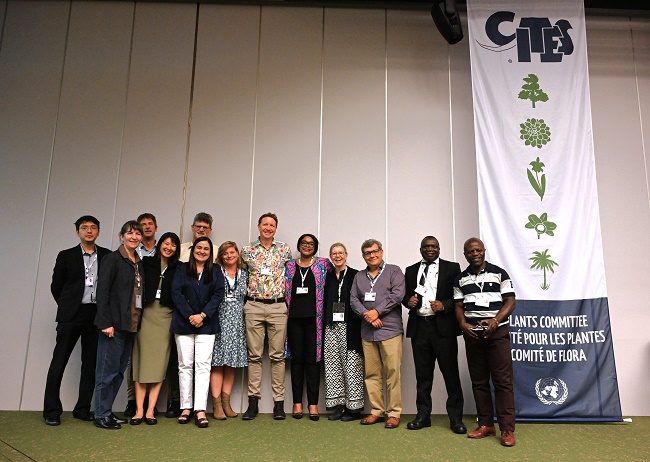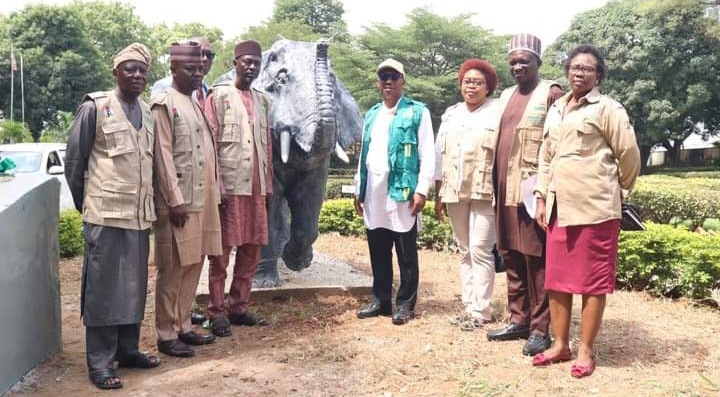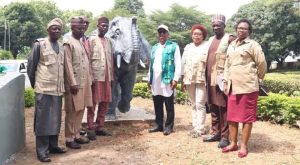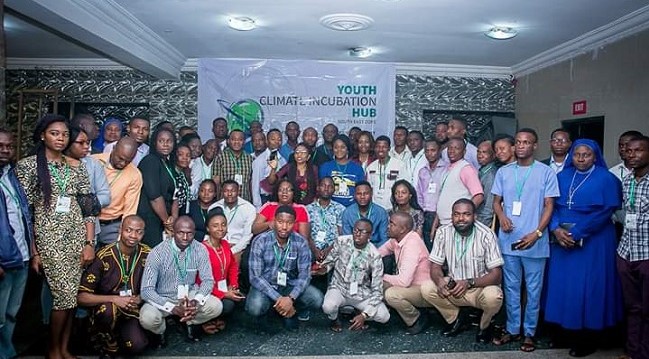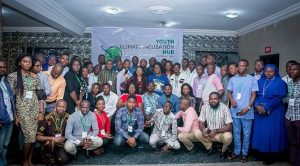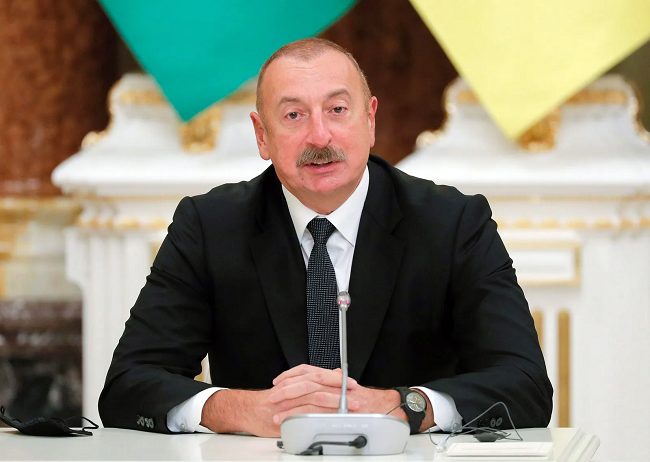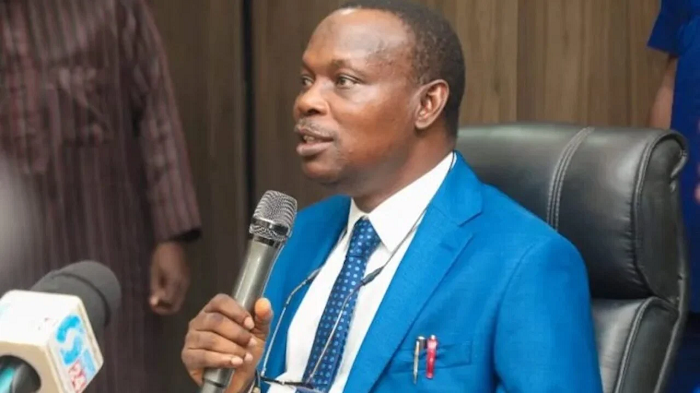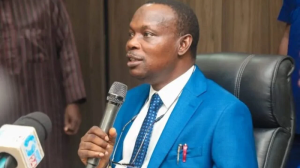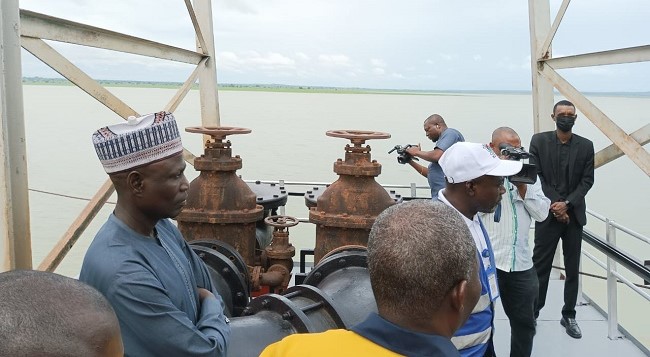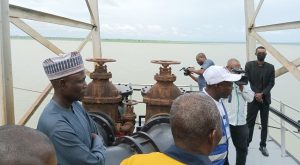The Intergovernmental Panel on Climate Change (IPCC) at its 61st Plenary Session in Sofia, Bulgaria, has agreed on the outlines of the “IPCC Special Report on Climate Change and Cities” and the “2027 IPCC Methodology Report on Inventories for Short-lived Climate Forcers”.
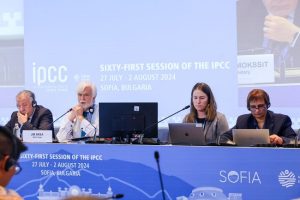
Over 230 delegates from 114 member governments attending the week-long meeting in the Bulgarian capital also agreed on the respective timelines of the two reports.
“The Panel’s decision today paves the way for the critically important next stages in our work – the nomination and selection of authors who will actually write these two reports. We are keen for these processes to bring on board the most diverse and inclusive group of authors yet,” said IPCC Chair, Jim Skea, on Friday, August 2, 2024.
“The timing of these two reports confirms the continued policy relevance of IPCC scientific reports.”
The calls for nominations of authors are scheduled for release as early as next week.
The agreed outline of the “Special Report on Climate Change and Cities” includes trends, challenges and opportunities for cities in a changing climate, the actions and solutions to reduce urban risks and emissions, how to facilitate and accelerate change in the context of cities, and solutions by city and types and regions. Panel’s approval and publication of this Special Report are scheduled for March 2027. The detailed outline is available here.
The scientific leadership of the “Special Report on Climate Change and Cities” is shared between the IPCC’s three Working Groups. The Co-Chairs of Working Group II – Winston Chow and Bart van den Hurk – who are leading the report’s production, stressed that this Special Report is of immense relevance to many stakeholders around the world for implementing effective climate action in cities, adding that their team is dedicated to its timely development over the next three years.
The “2027 IPCC Methodology Report on Inventories for Short-lived Climate Forcers” will guide the preparation and reporting of a national inventory of emissions of short-lived climate forcers. The planned publication time of this Methodology Report is July 2027. The detailed outline is available here.
Based on the report from the upcoming scoping meeting of the three Working Groups’ contributions to the Seventh Assessment Report, which is scheduled to take place in December 2024, at its next Plenary in early 2025, the Panel will agree on their respective scope, outlines, and work plans, including schedules and budgets.
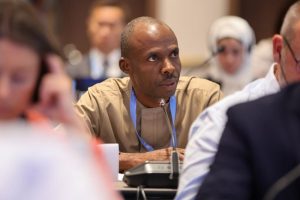
The Intergovernmental Panel on Climate Change (IPCC) at its 61st Plenary Session in Sofia, Bulgaria, has agreed on the outlines of the “IPCC Special Report on Climate Change and Cities” and the “2027 IPCC Methodology Report on Inventories for Short-lived Climate Forcers”. Over 230 delegates from 114 member governments attending the week-long meeting in the Bulgarian capital also agreed on the respective timelines of the two reports.
“The Panel’s decision today paves the way for the critically important next stages in our work – the nomination and selection of authors who will actually write these two reports. We are keen for these processes to bring on board the most diverse and inclusive group of authors yet,” said IPCC Chair, Jim Skea, on Friday, August 2, 2024.
“The timing of these two reports confirms the continued policy relevance of IPCC scientific reports.”
The calls for nominations of authors are scheduled for release as early as next week.
The agreed outline of the “Special Report on Climate Change and Cities” includes trends, challenges and opportunities for cities in a changing climate, the actions and solutions to reduce urban risks and emissions, how to facilitate and accelerate change in the context of cities, and solutions by city and types and regions. Panel’s approval and publication of this Special Report are scheduled for March 2027. The detailed outline is available here.
The scientific leadership of the “Special Report on Climate Change and Cities” is shared between the IPCC’s three Working Groups. The Co-Chairs of Working Group II – Winston Chow and Bart van den Hurk – who are leading the report’s production, stressed that this Special Report is of immense relevance to many stakeholders around the world for implementing effective climate action in cities, adding that their team is dedicated to its timely development over the next three years.
The “2027 IPCC Methodology Report on Inventories for Short-lived Climate Forcers” will guide the preparation and reporting of a national inventory of emissions of short-lived climate forcers. The planned publication time of this Methodology Report is July 2027. The detailed outline is available here.
Based on the report from the upcoming scoping meeting of the three Working Groups’ contributions to the Seventh Assessment Report, which is scheduled to take place in December 2024, at its next Plenary in early 2025, the Panel will agree on their respective scope, outlines, and work plans, including schedules and budgets.

